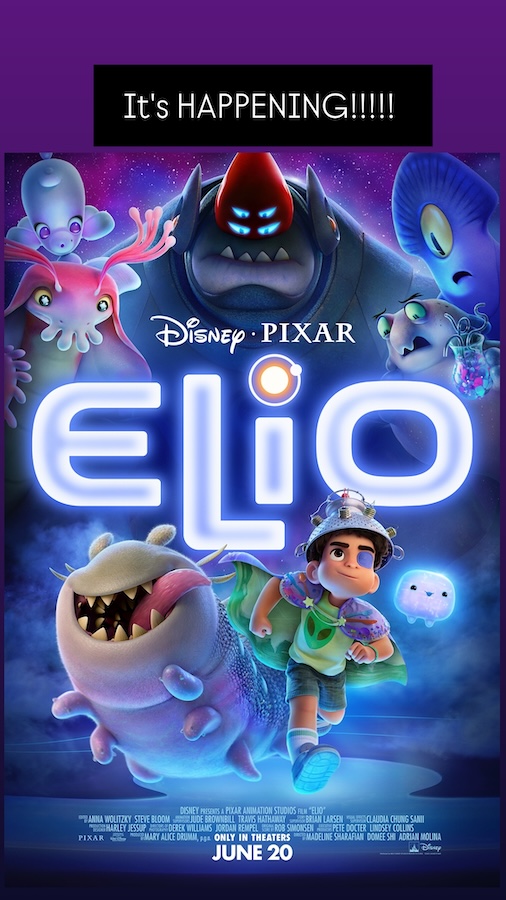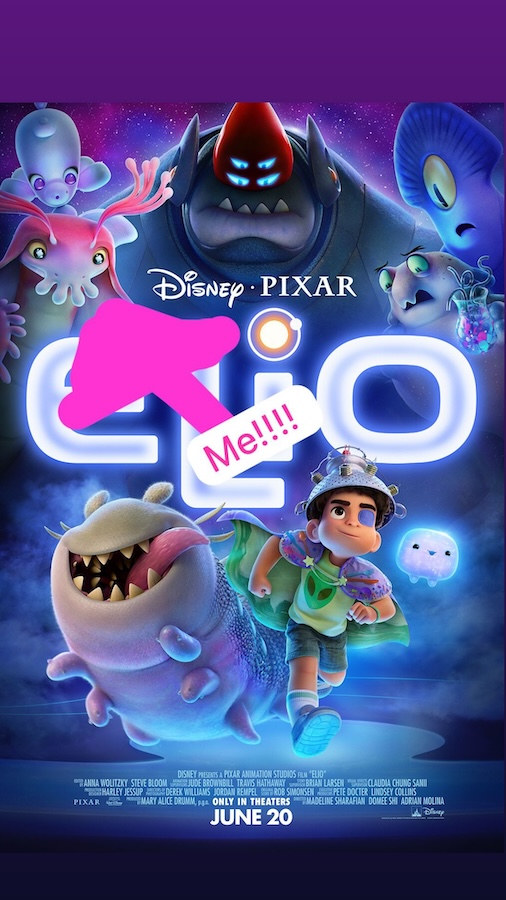RIYADH: A series of archaeological discoveries in Jeddah and Madinah were revealed on Thursday by the Historic Jeddah Program and the Saudi Heritage Commission.
The finding of new evidence of human settlement in Umm Jirsan Cave, located in Madinah’s Harrat Khaybar, was announced by the commission, and the remnants of an ancient underground tunnel and a fortified wall, which once encircled the city, were announced by the program as part of the inaugural phase of Jeddah’s Archaeology Project.
Situated in the northern sector of historic Jeddah, adjacent to Al-Kidwa Square and in close proximity to Al-Bayaa Square, these historical structures date back several centuries.
Some estimations put Jeddah becoming a fortified city during the late 10th to early 11th century, but laboratory analyses suggest that the new finds belong to a later phase of fortification, likely constructed during the 18th and 19th centuries.
Archaeological excavations revealed that by the mid-19th century, the tunnel had become unusable and was quickly filled with sand. However, the wall remained standing until 1947, and some parts of the tunnel’s supporting wall remained intact up to a height of three meters.
Imported European ceramics dating back to the 19th century were also found, highlighting the historic commercial connections of Jeddah. Additionally, a pottery fragment dating back to the 9th century was discovered in Al-Kidwa Square.
These findings are part of a broader collection of archaeological discoveries announced by the Historic Jeddah Program as outcomes of the first phase of its Archaeology Project — a collaborative effort that involves specialized national teams, Saudi experts from the Heritage Commission, and foreign archaeologists.
Their combined expertise has revealed a trove of 25,000 artifacts across four sites, marking a significant development in understanding the cultural evolution of historic Jeddah.
In Madinah, the Heritage Commission announced the discovery of new evidence of human settlement in Umm Jirsan Cave following research conducted by its archaeologists in cooperation with King Saud University, Germany’s Max Planck Institute and Saudi Arabia’s Geological Survey, as part of the Green Arabian Peninsula Project, which focuses on multidisciplinary field research.
It is the Kingdom’s first study that looks into archeological research inside caves, and involved archeological surveys and excavations in several parts of the cave, revealing evidence dating back to the Neolithic period.
The oldest piece of evidence dates back to between 7,000 to 10,000 years ago, encompassing the Copper and Bronze Age periods.
The study of the cave proved that it has been utilized by pastoral groups.
The artifacts discovered include wood, fabric, and some stone tools, in addition to rock art facades depicting scenes of grazing goats, sheep, cows and dogs, as well as hunting activities with different types of wild animals.
The commission noted that the scientific discoveries represent evidence of human settlement in the cave, and a great number of animal bones, including those of striped hyenas, camels, horses, deer, caribou, goats, cows, and wild and domestic donkeys were also identified.
The analysis of human skeletal remains using radioactive isotopes revealed that ancient humans relied on a predominantly carnivorous diet but that, over time, plants were introduced, suggesting the emergence of agriculture.





























